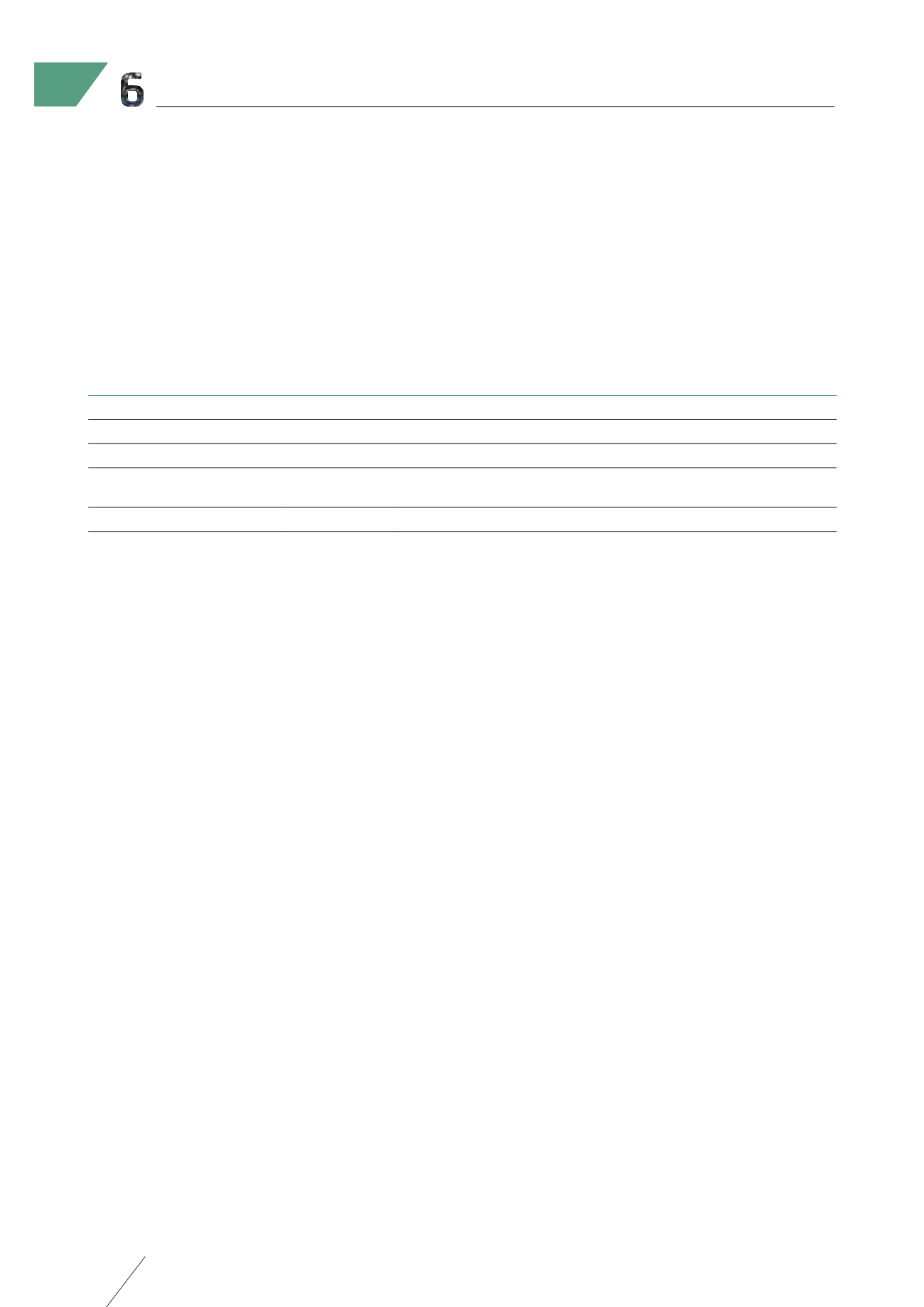

108
LISI 2015 FINANCIAL REPORT
CORPORATE SOCIAL RESPONSIBILITY
The production plants principally generate metallic waste (52%
of the total quantity of waste produced). These are sold for
recycling. Dangerous waste sorted, which represents 33% of
the total quantity of waste, is removed via authorized channels
that abide strictly by applicable regulations.
2.2.3 Taking into account noise and other forms of
pollution specific to an activity
The LISI Group's sites follow and record all complaints -
whether comments, formal or informal, official or not -
issued by stakeholders. Thus, eight complaints were recorded
throughout the Group's sites. The majority are related to
neighborhood disturbances arising from noise generated by
certain of our sites. Each complaint receives a reply - written or
otherwise - sent to the party concerned.
Sites concerned
Complaint
Reason
Delle
2
2 letters concerning the use of the TMS Pro software
Dorval
2
2 insurer requests concerning fire protection
Marmande
1
1 complaint concerning noise
Saint Florent s/ Cher
2
2 DREAL requests for the measurement of underground water and noise
impacts
Caen
1
1 complaint concerning noise
2.3
/
SUSTAINABLE USE OF RESOURCES
2.3.1 Water consumption and water supply according to
local constraints
Water is little used in the manufacturing processes
implemented at the sites. It is mainly involved in parts washing
and surface treatment. However, most process waters are
recycled. In addition, local initiatives are encouraged and are
numerous.
All these accumulated initiatives provided for a reduction
in water consumption of 15.5%, as a ratio of value added on a
like-for-like basis (excluding Manoir sites), between 2014 and
2015. This drop was mainly attributable to LISI AUTOMOTIVE,
through the work done on the cooling water of the Dreux site.
2.3.2 The consumption of raw materials and the
measures taken to improve the effectiveness of their
use
The LISI Group is very cautious about the consumption of raw
materials and works to optimize the use of these resources.
The manufacturing sites primarily use metals, and to a lesser
extent plastics.
Metal work is done mainly by deformation - cold forging
and hot stamping - causing no loss of material aside from
adjustments. More sites work daily to optimize their material
resources (waste reduction, SMED to reduce losses during
adjustment phases, etc.). Finally, the waste generated by the
final stages of production (machining, sharpening) are sorted
and sent for 100% materials recovery.
Regarding the plastic, the production sites that use this
resource recover and sort their plastic waste (core samples,
scrap). Such waste is then crushed and reintroduced into the
production lines, to the maximum extent required by our
customers.
2.3.3 Energy consumption, measures to improve energy
efficiency and use of renewable energy
Energy consumption diminished. Tighter control of our
consumption and awareness of our production teams play a
key role in this decrease in our impact on the consumption
of energy resources. Sites are pursuing their waste cutting
activities.
A non-negligible part of the energy is dedicated to heating;
weather variations mean that energy consumption under this
heading is also variable.
The majority of the energy is used for production. It is
therefore necessary to distinguish those processes for which
the consumption is directly related to production and those
processes - such as Heat Treatment - which have a fixed part
of energy consumption which is independent of production


















